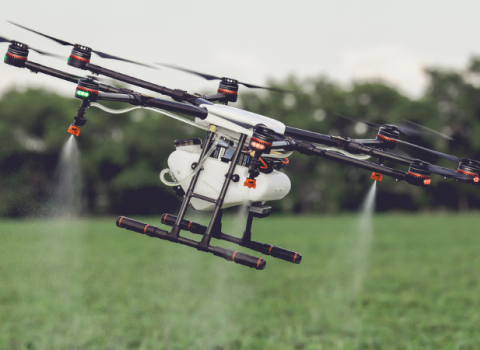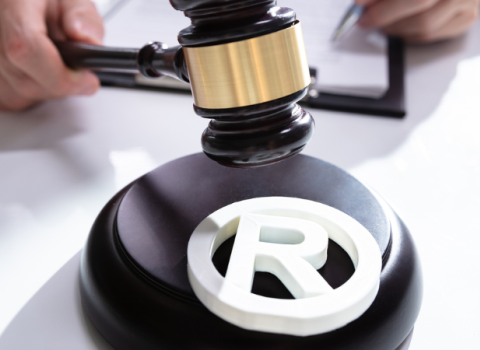The guidance follows a landmark ruling in the case of Alice Corp vs CLS Bank International on 19 June, 2014, which concluded that the patents in question could not be enforced because they were based on an abstract idea that had simply been computerised.
Initial guidelines released following the ruling stopped short of specifying a clear test of eligibility to guide businesses. The new guidance is intended to end uncertainty and encourage investment and innovation in the technology sector.
Thompson said the latest guidance from the USPTO is very welcome, as the information issued in June last year was brief and unclear. “Greater clarity has now been provided in the form of an outline of some specific examples of the types of invention that will be eligible for patent protection.”
The inventions that are eligible for patent protection include:
- Improvements to another technology or technological field
- Improvements to the functioning of a computer
- A process that enhances the usage of a particular machine (not a generic computer)
It is good news that the development of software inventions designed to improve the functionality of a device will continue to be patentable, as this has been a concern for innovators in Europe seeking patent protection in the US, Thompson says.
However, it is worth highlighting that the examples given in the new guidance are not exclusive. There are a number of other innovations that are so obviously patent eligible that they do not need to be checked against the new guidelines. On example would be controlling a robotic arm using certain mathematical relationships or algorithms.
It is also helpful that there has been an assessment of relevant US cases, many of which pre-date the Alice ruling. One interesting outcome is that an invention that successfully improves an image processing system was found to be eligible and should continue to be under the new guidance.




 A unique international forum for public research organisations and companies to connect their external engagement with strategic interests around their R&D system.
A unique international forum for public research organisations and companies to connect their external engagement with strategic interests around their R&D system.